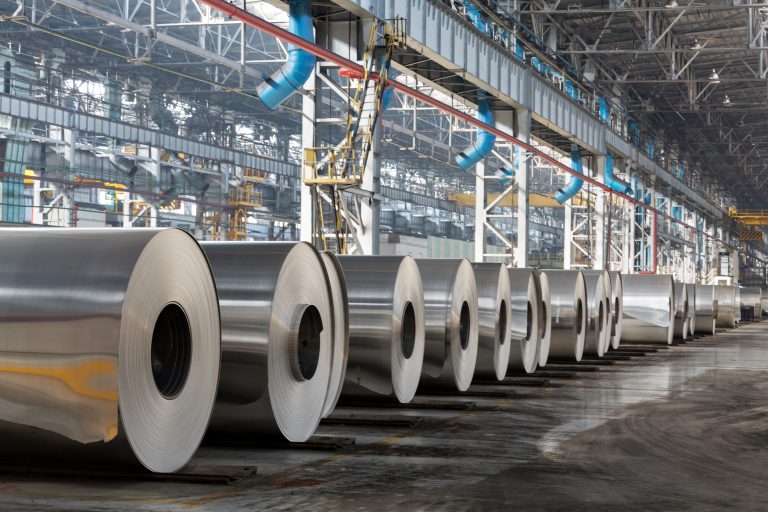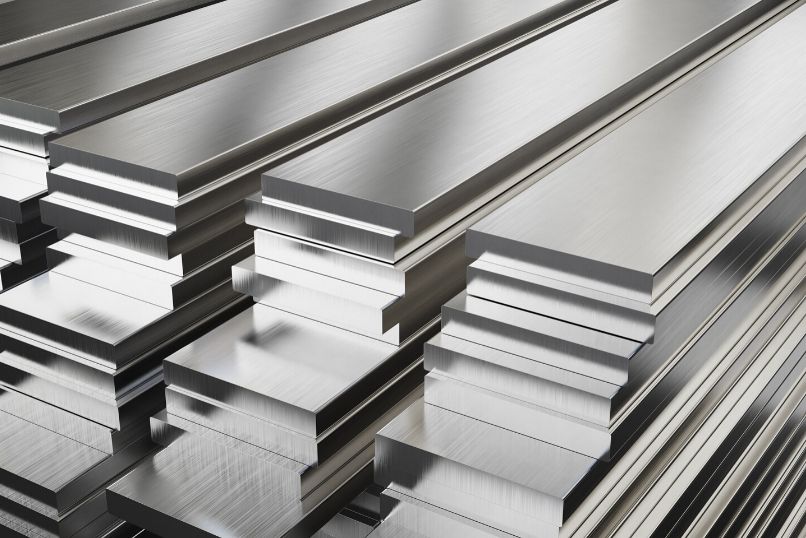What is Stainless Steel?
Stainless steel is a type of steel alloy that is known for its exceptional resistance to corrosion and staining. It is a versatile material that is used in a wide range of applications, including construction, automotive, medical, and consumer products. In this article, we will explore the composition, properties, and production of stainless steel.

Composition
Stainless steel is composed of iron, carbon, and other elements such as chromium, nickel, and molybdenum. The specific composition of stainless steel varies depending on the desired properties and intended use. However, the addition of chromium is what gives stainless steel its corrosion-resistant properties. Stainless steel must contain a minimum of 10.5% chromium by mass to be considered "stainless."
Properties
Stainless steel has several unique properties that make it an attractive material for a wide range of applications. Some of these properties include:
- Corrosion resistance: Stainless steel is highly resistant to corrosion, making it an ideal material for use in environments that are prone to corrosion.
- High strength: Stainless steel is a strong and durable material that is able to withstand high levels of stress and pressure.
- Hygiene: Stainless steel is easy to clean and sterilize, making it a popular choice for use in medical equipment and food processing applications.
- Aesthetic appeal: Stainless steel has a sleek and modern appearance that makes it an attractive material for use in a variety of consumer products, such as kitchen appliances and jewelry.
Production
The production of stainless steel involves several steps. The first step is to melt the raw materials in a furnace. The furnace is heated to a temperature of around 1700°C, and the raw materials are melted and blended together.
Once the raw materials have been melted, the molten steel is poured into a mold and allowed to cool. The resulting solidified steel is called an ingot. The ingot is then heated and rolled into a flat sheet, which is then cut to the desired size.

The final step in the production of stainless steel is to treat it with heat and/or chemicals to enhance its properties. This process is known as heat treatment, and it can improve the strength, hardness, and corrosion resistance of the stainless steel.
In conclusion, stainless steel is a versatile material that is used in a wide range of applications. It is composed of iron, carbon, and other elements such as chromium, nickel, and molybdenum. Stainless steel has several properties that make it an attractive material for use in a variety of applications, including corrosion resistance, high strength, hygiene, and aesthetic appeal. The production of stainless steel involves several steps, including melting the raw materials, casting the steel into ingots, rolling it into a flat sheet, and treating it with heat and/or chemicals to enhance its properties. With its unique properties and versatility, stainless steel will continue to be an important material for a wide range of industries.
Contact Samas for your stainless steel needs!
Why Samas?
- Quality Standards: Samas is a brand that is committed to high quality standards in its stainless steel products. Its products are designed and manufactured to provide the highest level of performance in terms of durability and aesthetics.
- Technological Innovation: Samas constantly follows the technological innovations in the stainless steel industry and uses the latest technologies in its products. In this way, it offers customers contemporary and high-performance products.
- Wide Product Range: Samas' wide range of products offers a variety of stainless steel options to suit different needs. So every customer can find a solution to suit their preferences.


Comments are closed